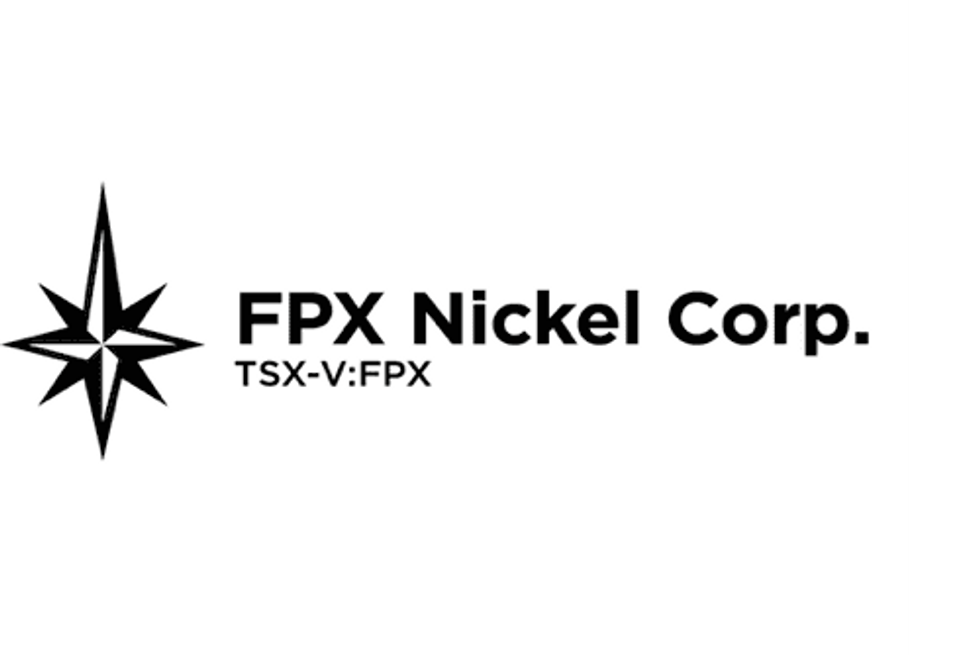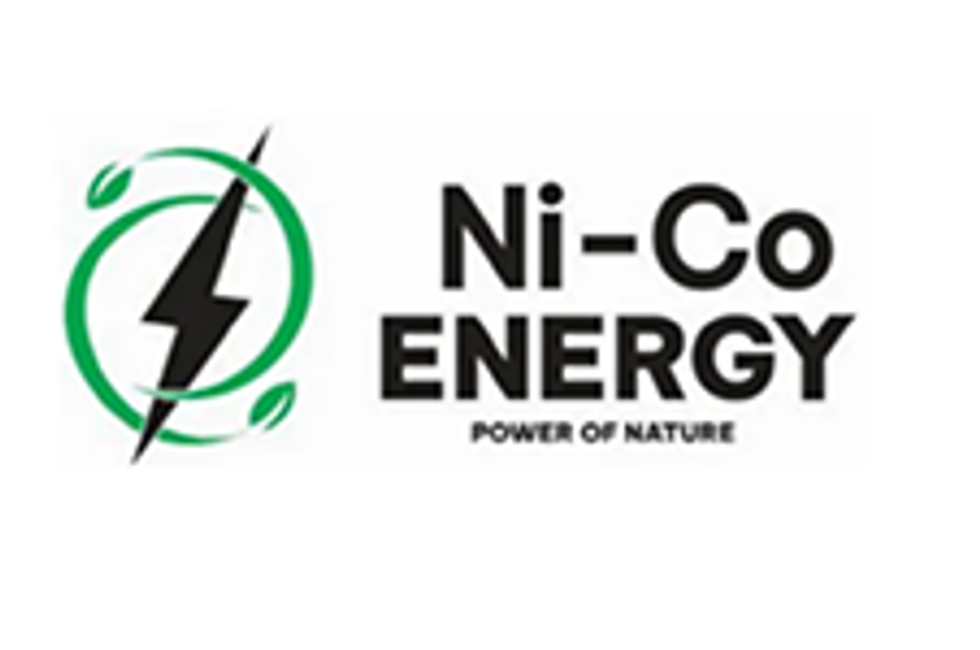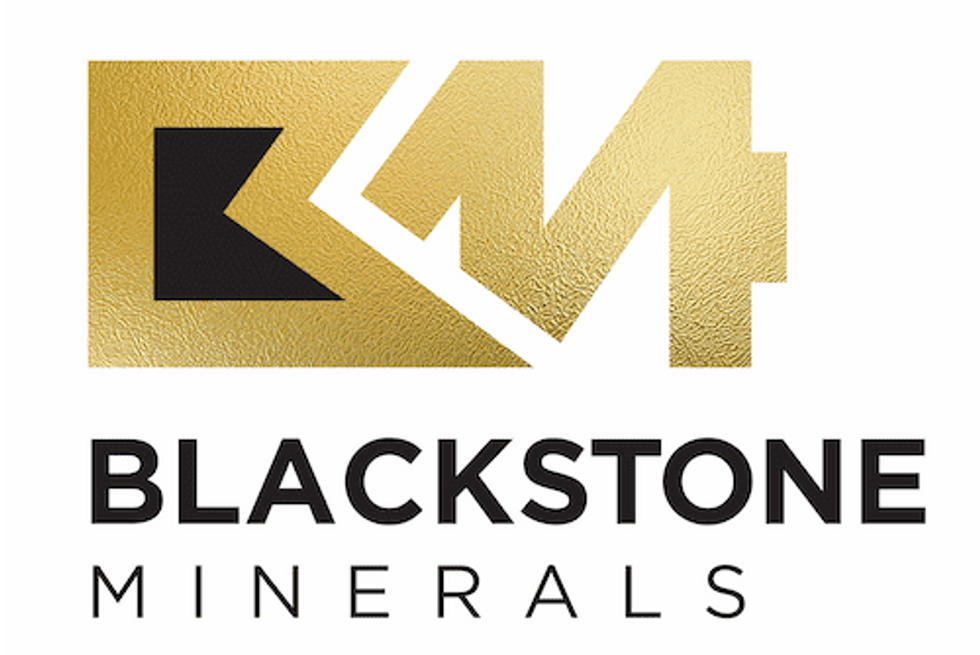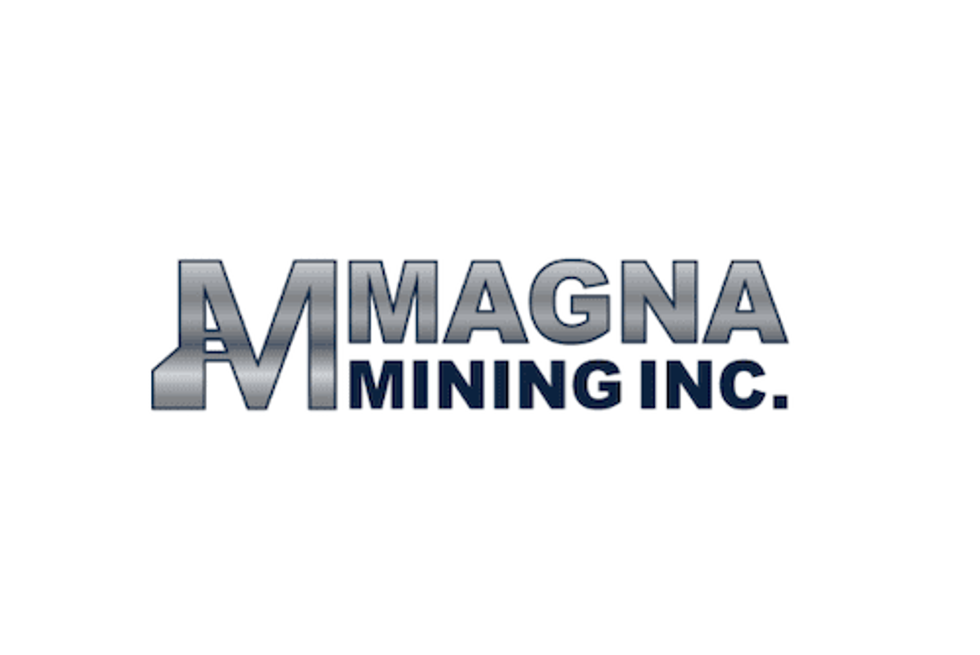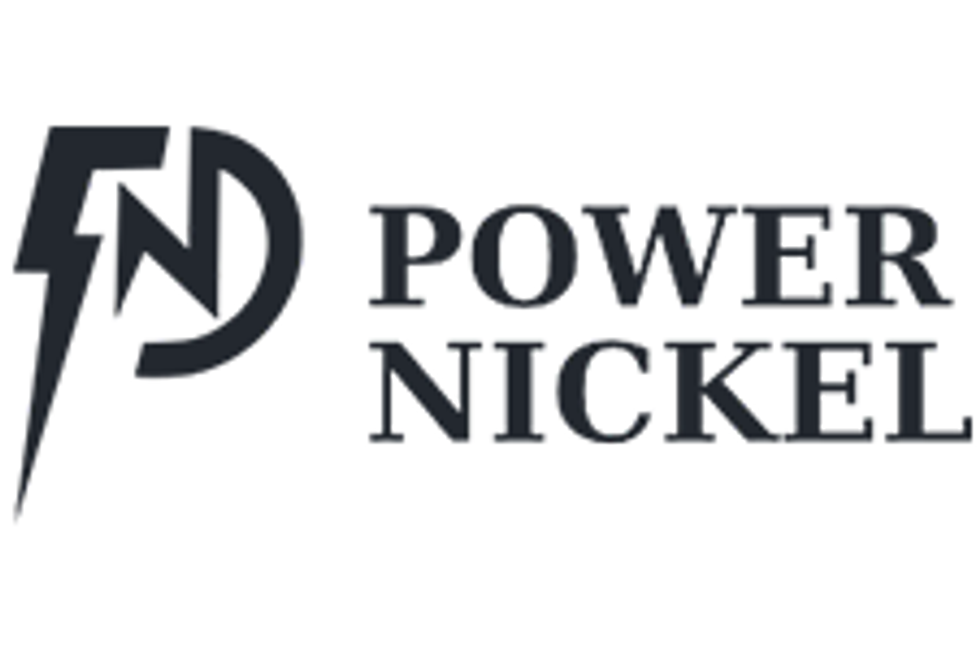Tough Times Ahead for Nickel Producers as EV Demand Grows

Lower prices, and now the coronavirus outbreak, are delaying projects that could be key to supplying expected demand from the EV space.
The coronavirus outbreak has changed most forecasts for electric vehicle (EV) sales in the short term as the auto industry faces challenges throughout its supply chain.
Even so, the move towards electrification seems now unstoppable, and the raw materials used in EV batteries continue to be under the spotlight. But as chemistries move to cathodes with higher nickel content, supply of the metal for this segment could be under pressure in coming years.
The rush to develop cathodes containing eight parts nickel, one part cobalt and one part manganese was driven by the higher density offered by this type of battery, with faster development also pushed by the jump in cobalt prices seen in 2017 and early 2018.
But as Fastmarkets’ research team pointed out in a recent webinar, there are several issues surrounding this battery technology that the industry has witnessed, including technical bottlenecks.
With cobalt prices now much lower than they were two years ago, the immediate pressure to turn to higher-nickel cathodes is off. That, together with the removal of subsidies in China, has helped to cool down this turn to higher-nickel cathodes — although it is still a trend that is likely to continue materializing further into the future.
Nickel prices on the London Metal Exchange are down more than 13 percent in 2020, with nickel sulfate, which is used in batteries, has also declined by 6 percent so far this year, as per Fastmarkets.
For those investors interested in the EV revolution and the future of nickel, the first thing to remember is that more than 70 percent of demand comes from stainless steel.
“The demand from the lithium-ion battery is really on top of what the stainless steel market is going to require as well,” William Adams of Fastmarkets said during the webinar hosted by the price reporting agency. Today, about 5 percent of nickel goes into batteries.
“As we move from the chemistries, from NCM 111 to NCM 811 and nickel-cobalt-aluminum, the nickel content per battery cell is going to increase from about 33 percent to about 90 to 95 percent,” he explained. “On top of the fact that it will be a time when EVs become more mainstream — they will be taking market share and growing at a faster rate, with bigger battery packs as well.”
There’s currently no shortage of nickel — the problem is the type of nickel the lithium-ion battery industry needs, Adams said. The lithium-ion battery industry needs Class 1 nickel to make nickel sulfate.
“Producers currently rely on sulfide mines or HPAL operations and Class 1 nickel stocks,” commented Adams. “The Class 2 nickel, which is the cheapest and easiest nickel to mine, (and) which currently goes to make nickel pig iron (NPI) to feed the stainless steel industry, is not economically viable to make nickel sulfate at the moment.”
The nickel space has seen delays to projects due to the current low price environment, and most recently due to the coronavirus outbreak, which has impacted operations in Indonesia. The Asian country is the world’s largest producer of the base metal.
“Most of the Chinese workers that are in Indonesia have not been allowed back into Indonesia for quarantine reasons, delaying the developments of these projects,” Adams said.
Adams is also expecting in the near term that nickel ore stocks in China will dwindle down, putting NPI producers in the country under pressure. As a result, they might start suffering shortages, and if units are needed they might start looking at Class 1 nickel as well.
“But these are all short-term factors,” Adams said. “The main takeaway is that given the expected growth in EVs and the change in battery chemistry, it is going to be very hard for the producers to keep up with the strong compound average rate growth that we expect.”
And where does the EV story stand right now? For Adams, it is solid, although it has seen a hit in the short term and will take time to recover.
“Overall I think the EV uptake remains sound, the underlying theme of the lithium-ion battery story is that it is very strong — the electrification era has started and it will take blows, like Chinese subsidy changes and the COVID-19 crisis, in its stride,” he added.
Don’t forget to follow us @INN_Resource for real-time updates!
Securities Disclosure: I, Priscila Barrera, hold no direct investment interest in any company mentioned in this article.
